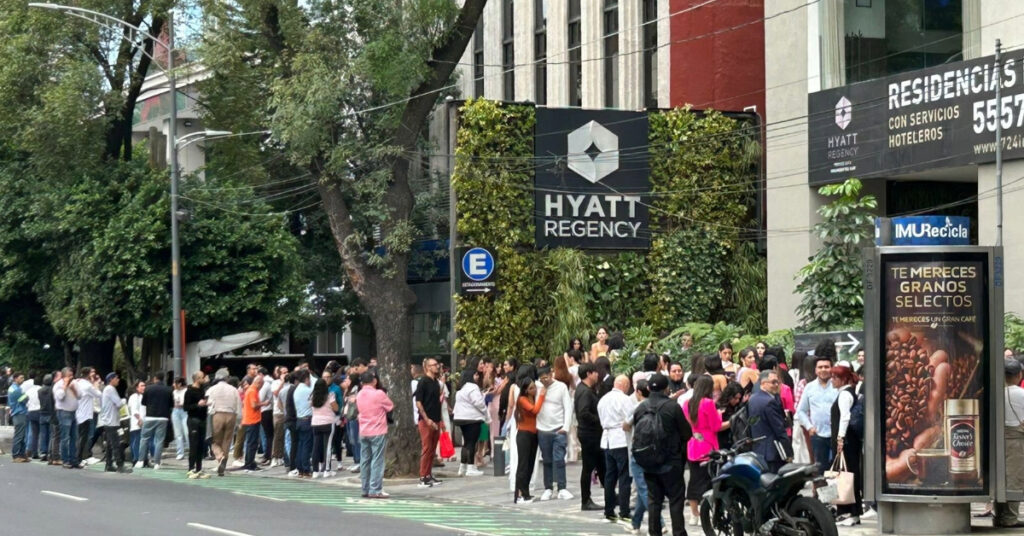Mexico City, Mexico – In a surprising turn of events, the seismic alert system was activated in Mexico City and several other cities in central and southwestern Mexico on Friday afternoon, leading to widespread evacuations. Thousands of residents were forced to leave their homes and offices as a precautionary measure. However, authorities have confirmed that no earthquake occurred at that time.
Martí Batres, the head of the Mexico City Government, announced that the seismic alert had been triggered, noting that it was slightly felt in the southern and central parts of the city. “It appears to have focused on the border of Puebla, Guerrero, and Morelos. No damage has been reported here,” Batres initially posted on social media before deleting the message shortly afterward.
The National Seismological Service (SSN) clarified that no significant seismic activity was detected in Mexico during the period in question. They emphasized that the SSN does not operate the seismic alert system, reminding residents to report any loudspeaker malfunctions that reproduce the seismic alert to C5, the city’s command, control, computing, communications, and citizen contact center, as well as the Citizen Attention office of the Mexico City Government.
The Center for Seismic Instrumentation and Recording (CIRES) later explained the cause of the false alarm. During preparations for the upcoming National Drill scheduled for September 19, the Mexican Seismic Alert System signal was inadvertently activated at 12:40 p.m. on Friday, August 2. This accidental activation led to the unexpected alert and subsequent evacuations across the affected regions.
The incident highlights the sensitivity and importance of the seismic alert system in a country prone to earthquakes. While the false alarm caused temporary disruption, it also served as an unintentional drill, reminding residents and officials of the importance of preparedness and quick response to potential seismic threats.
Authorities are now focused on ensuring that such accidental activations do not occur in the future, particularly as they gear up for the National Drill next month. The drill aims to improve public readiness and response in the event of a real earthquake, a critical exercise given Mexico’s history of seismic activity.
Despite the confusion caused by the false alarm, no injuries or damages were reported, and normal activities resumed shortly after the incident. The situation underscores the need for continuous vigilance and maintenance of the seismic alert infrastructure to ensure its reliability in protecting the public from real threats.
